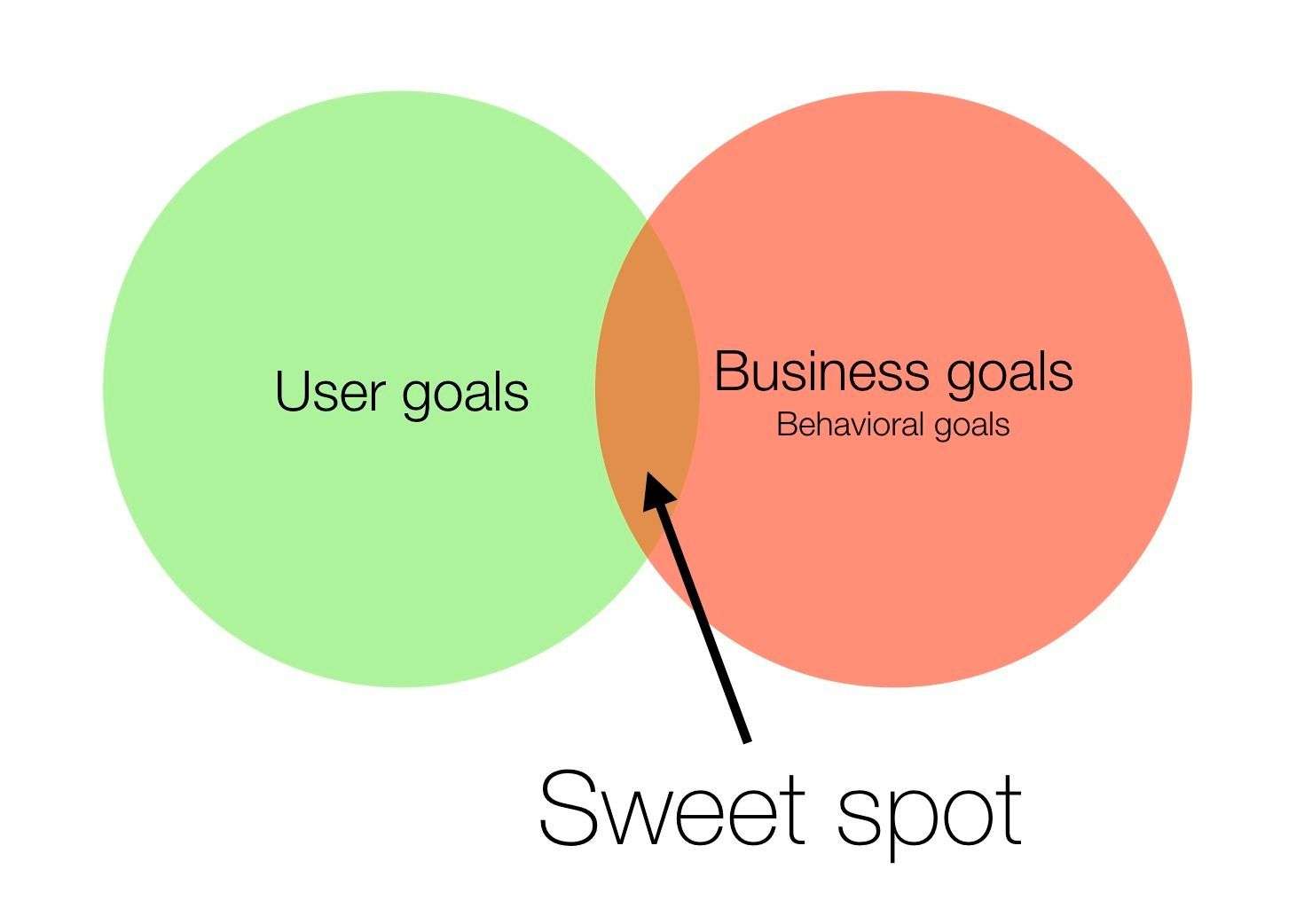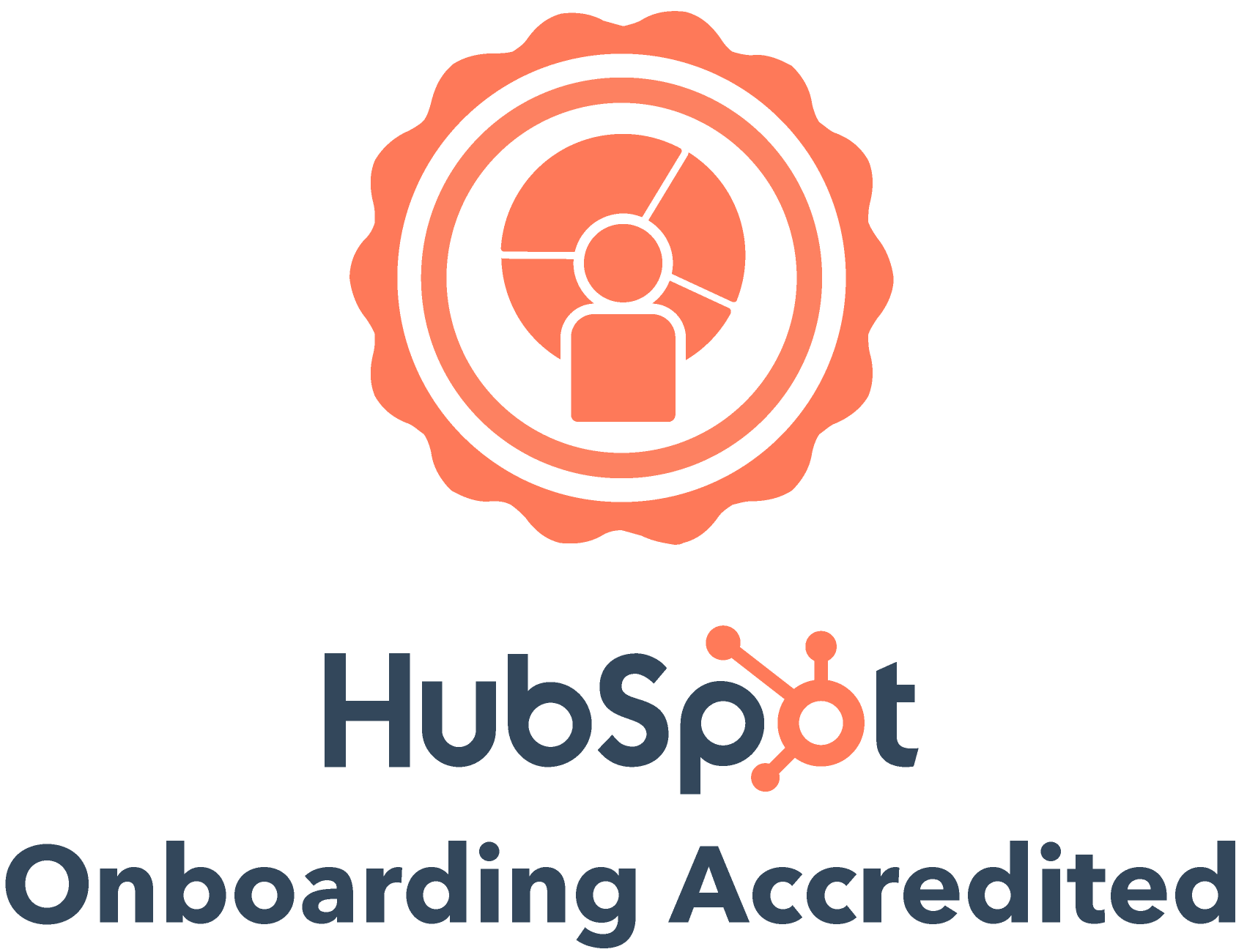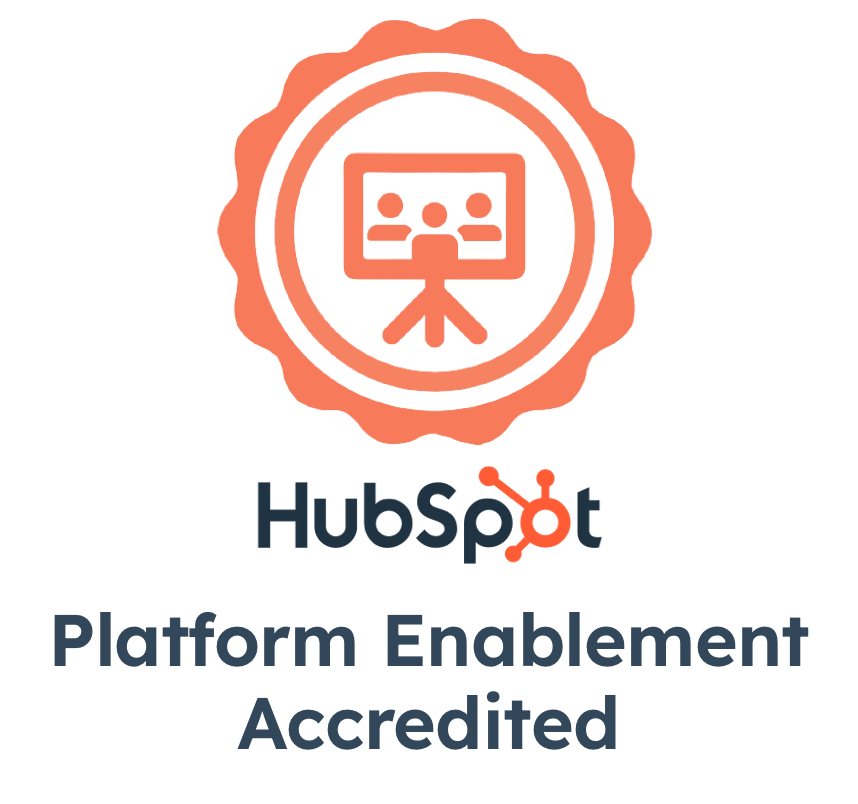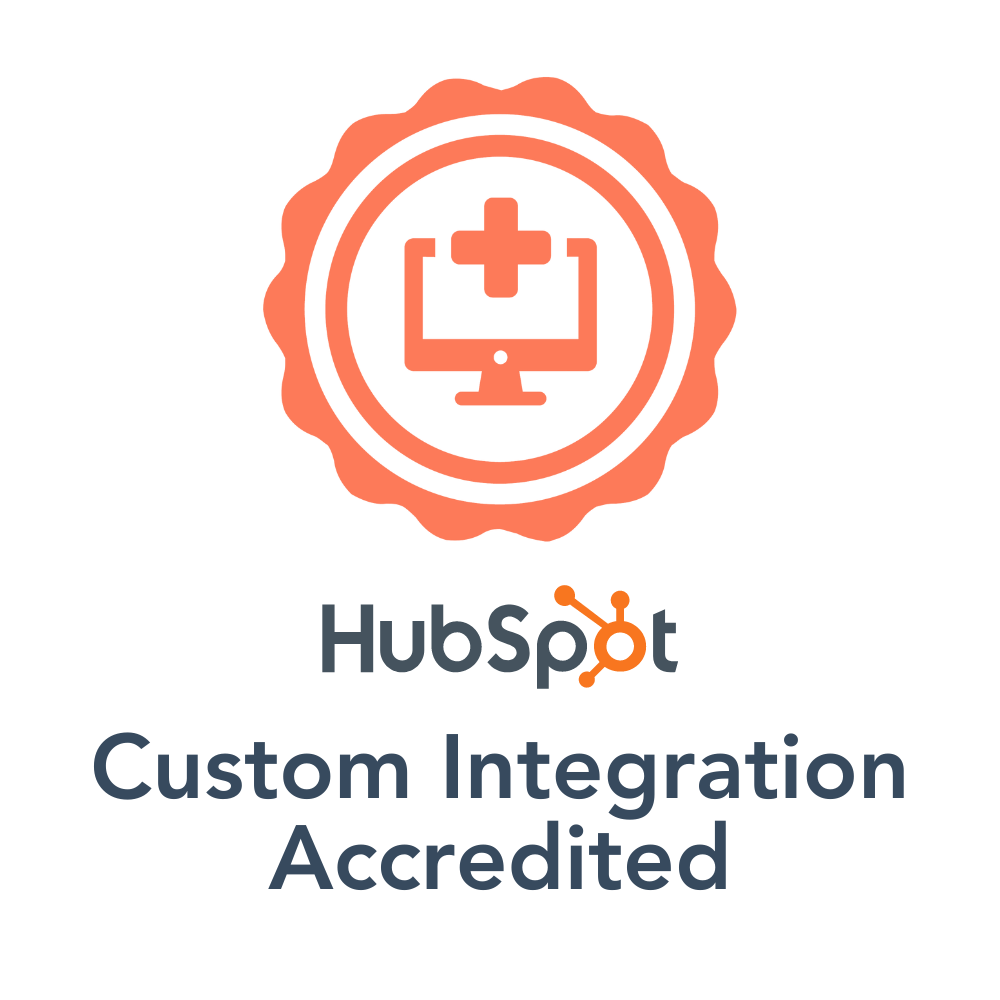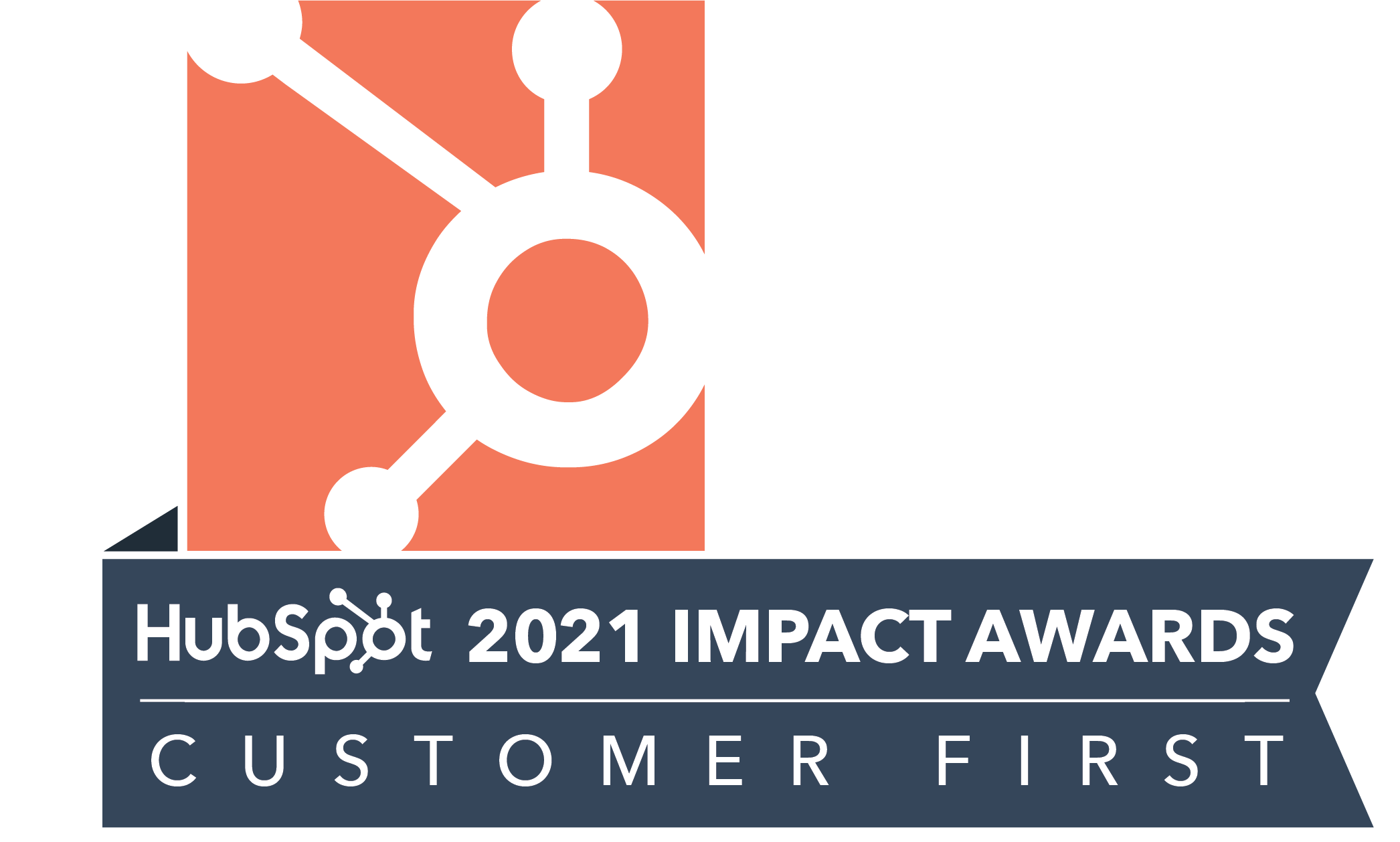Have you ever had a client walk into your office wanting his website redone? The client has no clue where his website is going wrong. It’s designed beautifully, looks modern and trendy, but why is it not getting leads? As the saying goes, “all that glitters is not gold”; the same can be applied in web design, “all that looks beautiful is not functional.” If a website looks great but isn’t getting you the desired results, you may want to consider a redesign of the look or the content. This is where a data-driven web design comes into play to drive your marketing initiatives.
In some cases, you’ll know right away what works and doesn’t work for your target audience. However, in most cases you’ll need to dig a little deeper and see what is turning your target audience away from your website. Google Analytics can be used to find out who visits your website, where they’re situated, what pages are most visited and even what keywords are driving traffic to your website. With this wealth of data, you can give your target audience a smoother experience and get yourself great leads.
What’s your favorite insight after a website redesign? #Analytics #NisweyNibbles via @daizyjain1704 pic.twitter.com/ynfKCa0ygY
— Niswey (@Niswey) October 23, 2015
Mobile vs. Desktop
Using Google Analytics can help you discover which device your target audience is using to visit your website. Nowadays, it has become almost criminal to not have a mobile friendly website. With smartphones becoming minicomputers, websites are only a few taps and a swipe away.
Google analytics provides a percentage of how many visitors were using a mobile device and how many were using a desktop/laptop. This data can help you understand what kind of design your website should have. If you have a higher percentage of mobile visitors, then maybe opt for a design which doesn’t require too much navigation. You can also conclude that your target audience is mostly on-the-go, and too much text can be a turn-off. Figuring out where your target audience is coming from can prove to be a major step forward in your data-driven web design.
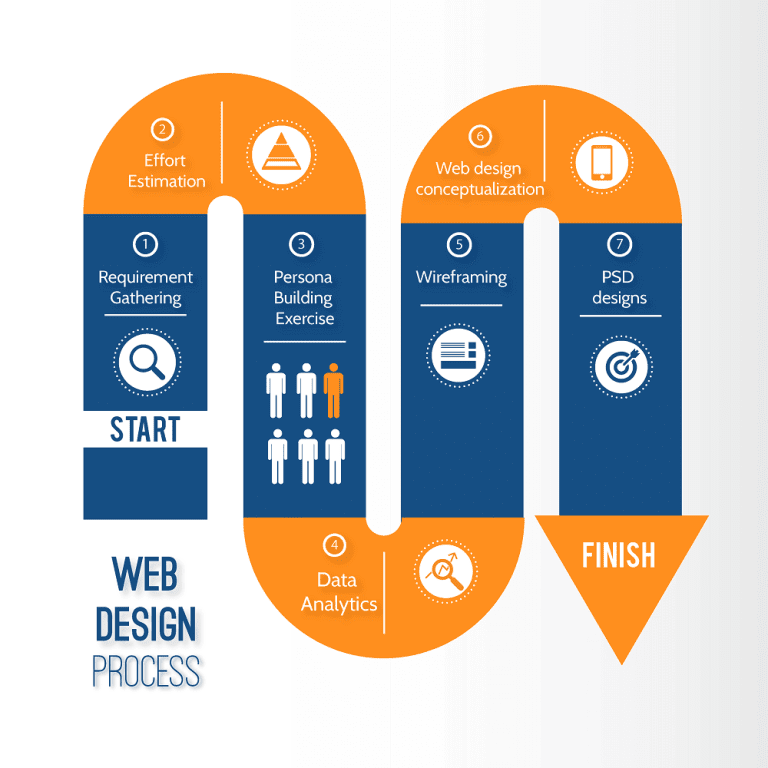
Go with the User Flow
User flow helps you figure out where your traffic is entering and exiting your website. How the traffic navigates through your website, and where they stay or leave. This data is crucial because it can help you map out your website. Say you have a page that has important information about your product or services, you need to make sure your traffic is actually reaching that page.
User flow will help you decipher how many steps your target audience is taking to reach that page. If the path is complicated then most users won’t bother taking those steps. Ease of navigation plays a huge role in lead generation. You have to make sure your audience goes through everything you have to offer and that too easily. Analyzing User flow can help you make navigation easy for your website.
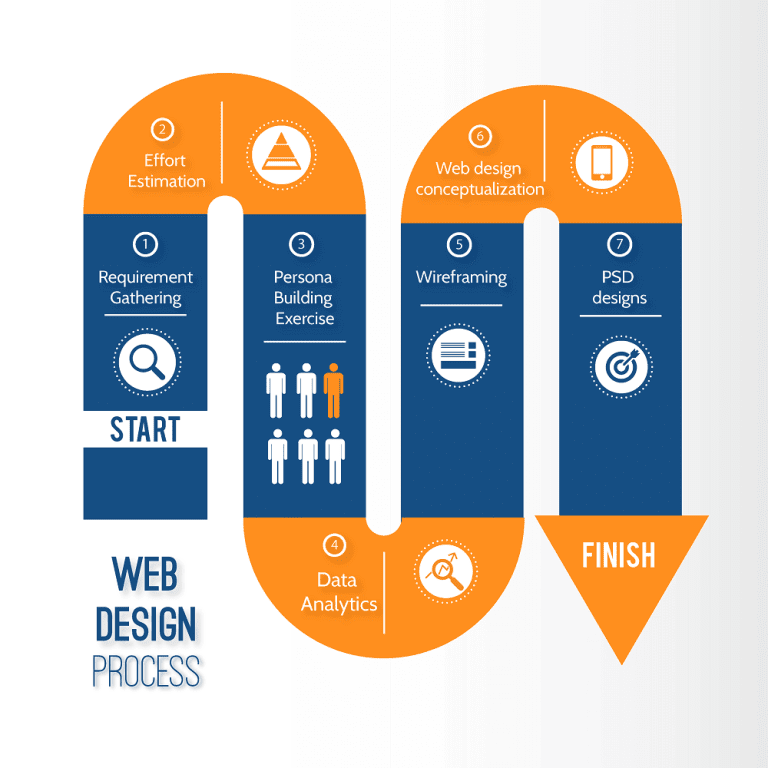
Search It
How cool (or scary depending on how you look at it) would it be if you could know exactly what a person was thinking? Well, Google analytics’ Site search section provides you with a glimpse of that. In this section, you can find out what the most searched word is on your website. What exactly is your target audience looking for? Once you have that information, you can create content or even another page dedicated to that certain query. For example, if you run certain services and the most searched term is price, then you know your target audience is interested in knowing the price of those services upfront. You can then create content around that term or have a call-to-action resulting in lead generation. Either way, you know what your target audience wants and you can improve your website.
This section can also provide insights on how well your website is laid out. Taking the example from above, if your target audience is searching for the price of a certain product and you’ve already mentioned it on your website, you know the content isn’t laid out perfectly. You can choose to add icons or a few design elements bringing the price in focus.
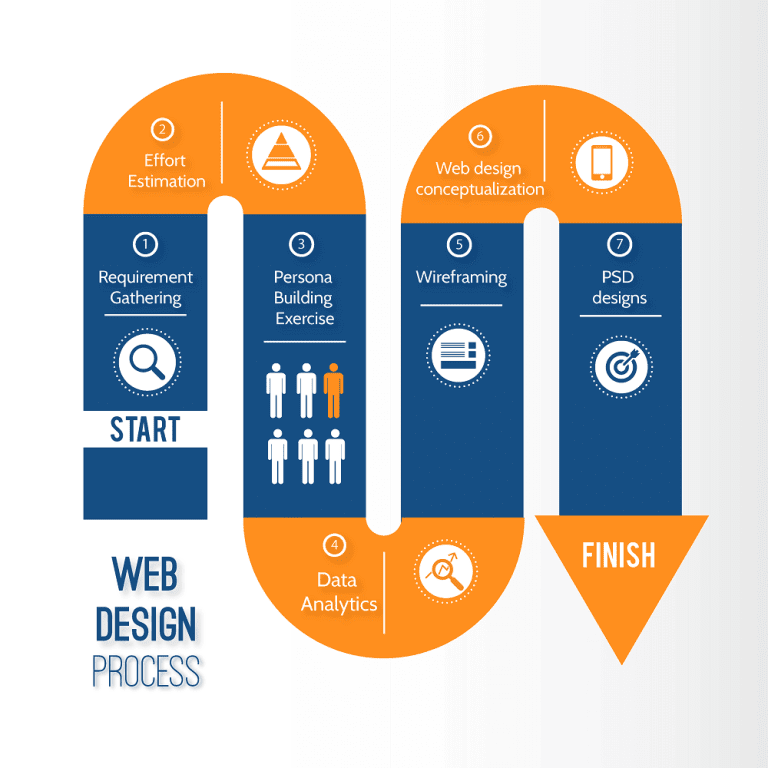
Content Analytics
In Google analytics, you can measure how the website’s content is performing. Is it engaging enough to keep the user on the site or do people come on the website and leave instantly? Content can make or break a website. The Site Content section of Google analytics shows how many people came to a page, how much time they spent on it and also how many of them left the website soon after. If most of your pages have an average time of a few seconds, then your content may not be engaging enough to make your audience stay.
You may then decide to rework your content. Considering the attention span of average users, too much text can be a turn-off, try making an infographic for important information.
Another helpful tab for content is under the Acquisition section. The Search Engine Optimization tab can help you track the terms which are driving traffic to your website. For example, if someone types “Italian restaurants” in Google, and your restaurant’s website shows up in the search result, that data is being captured in the SEO tab. You can see how many times it showed up and how many times your audience clicked on your restaurant’s website. However, for more data you can setup a Google Webmasters account and even link it to your Google analytics account.
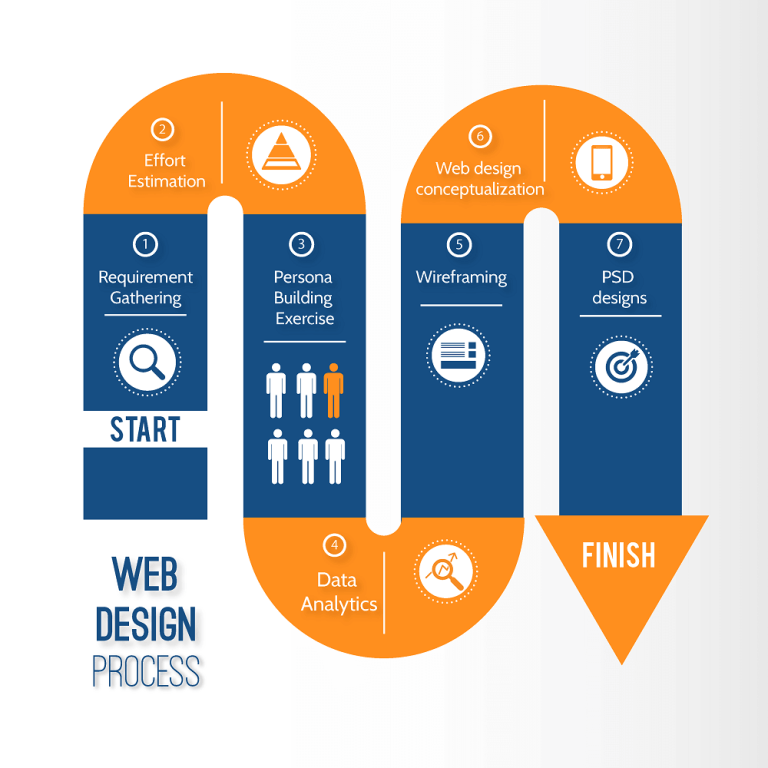
What’s hot?
Another great tool that is gaining popularity is Heat Maps. More and more websites are now using Heat Maps to figure out where their target audience is clicking and until which point they’re willing to scroll down to. Heat Maps can track the user’s movement, which helps in seeing where the user is most engaged. This can help in placing CTAs or important information where most engagement takes place.
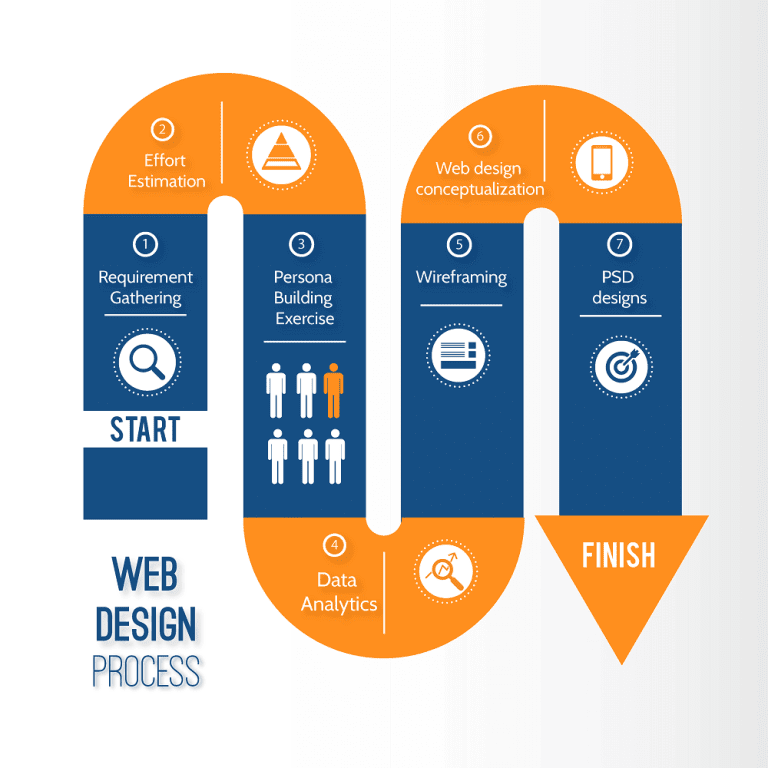
Take a look at the image below, that is the heat map of Niswey.com. You can tell just by looking at it where the most clicks have happened and what the target audience is interested in. The navigation bar has been clicked most on About Us, Blog, Clients, Careers, and Contact. If you look at the Services section, most people are interested in Social Media Marketing. You can place your CTAs where your target audience is most likely to click.
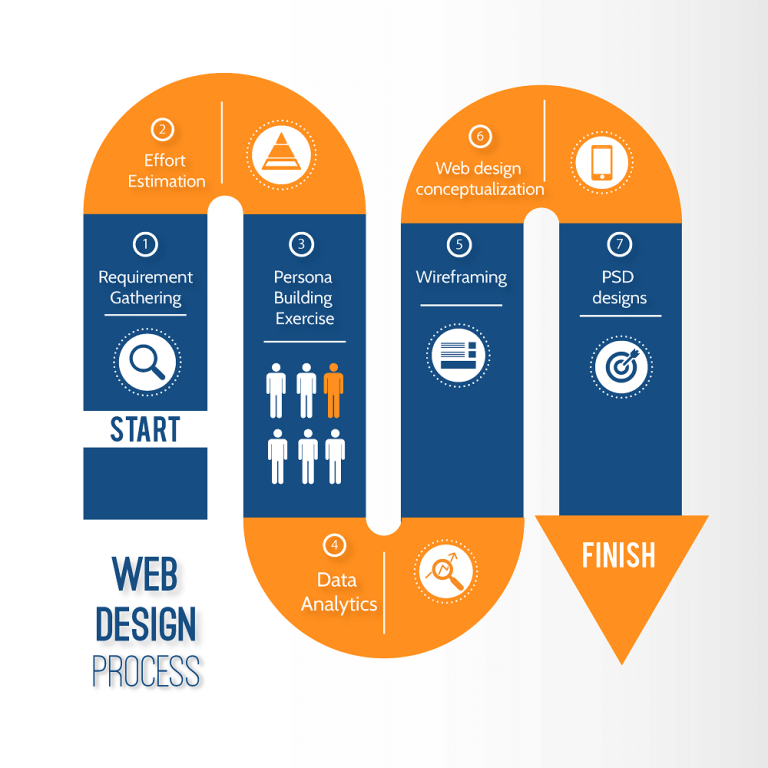
A website redesign is never an easy task. However, if you’re taking up that challenge, get all the help you can and make a beautiful yet functional website. Analyze your website and see where it needs improvement. Google Analytics can provide great insights into your target audience and their behavior. However, before finalizing a design, make sure you A/B test it to see which layout, color, CTAs perform better. You need to have a data-driven web design in order to provide full value. While redesigning a website keep these insights in mind so your website can facilitate conversions.
Find out how your website redesign can further help you in your lead generation process!


